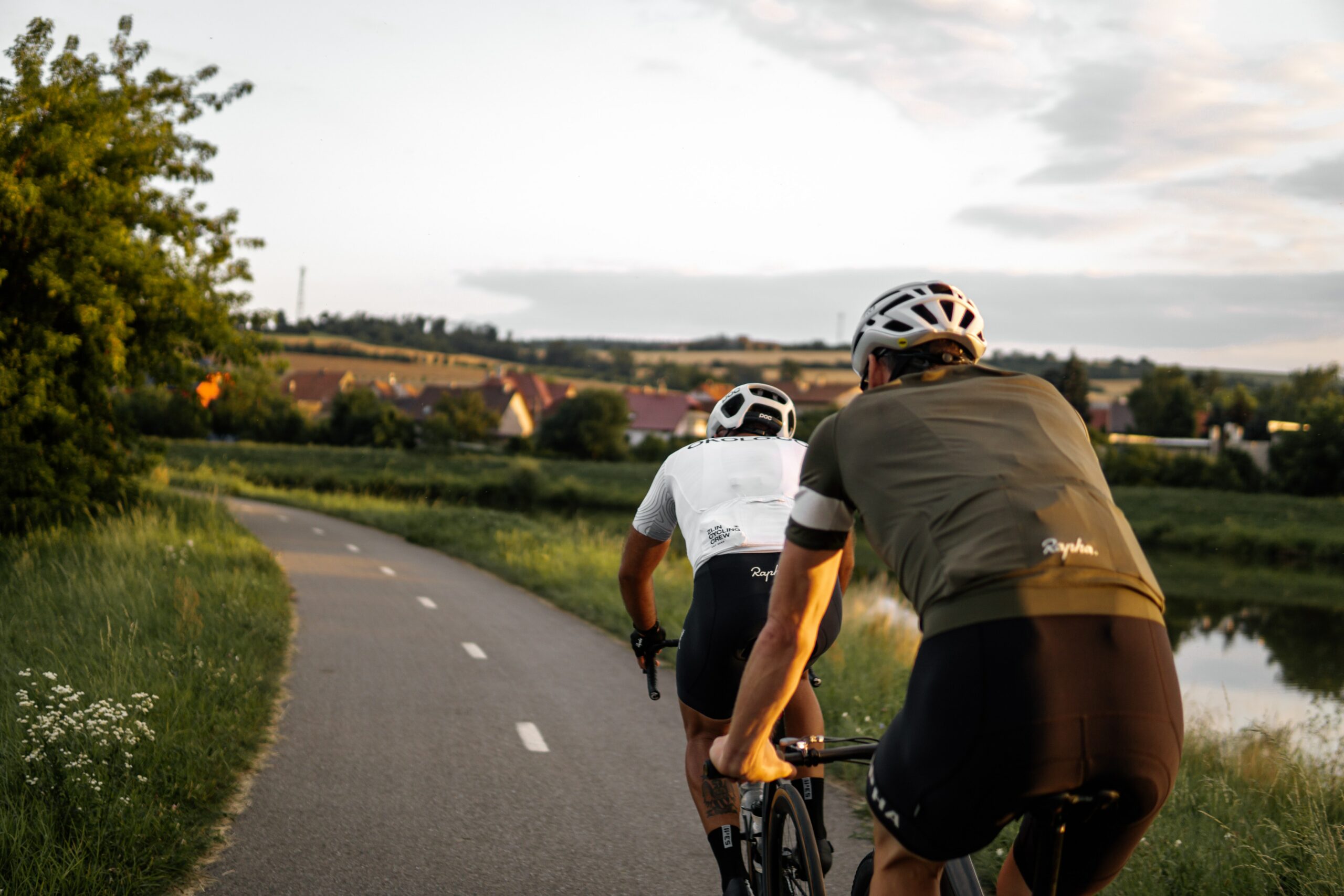
History of cycling
"The 'running machine' was the name of the very first bicycle invented in 1817 by the German professor Carl von Dres. But it was only half a century later that the world's first bicycle race was held: on May 31, 1868, in a park in the Parisian suburb of Saint-Cloud, participants competed in a 2000m race. Two years later, the first long road race took place in France between Rouen and Paris over a distance of 120 km, and is considered the ancestor of the brevet (non-competitive bicycle marathon). At the time, riders rode heavy wooden bikes and the winner's average speed was 11 km/h. By the end of the 19th century, multi-day races became popular. The best known of these was the 1200km Paris-Brest-Paris race, first held in 1891. Today it is best known as a brevet, but until 1951 it was a professional cycling event.
....
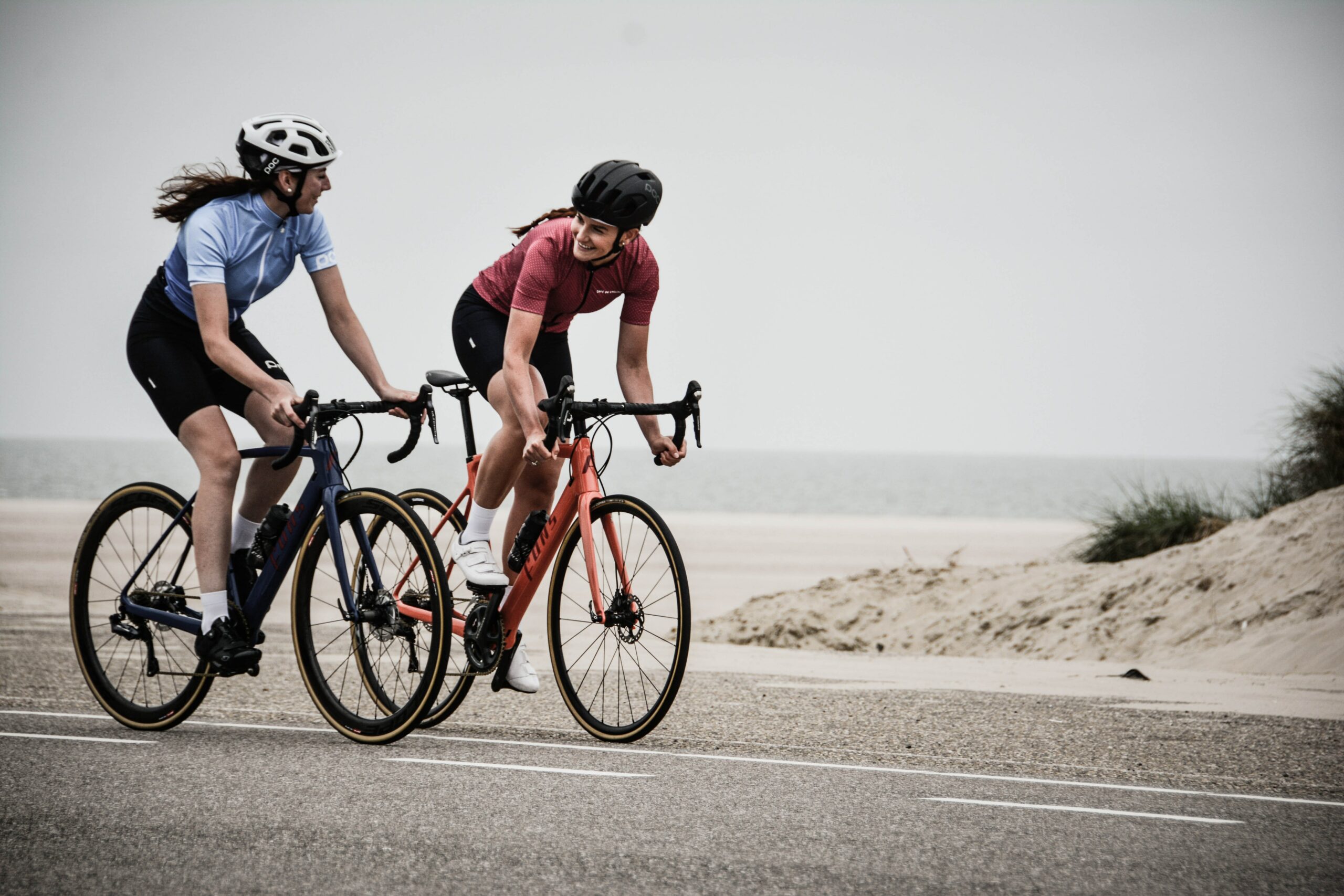
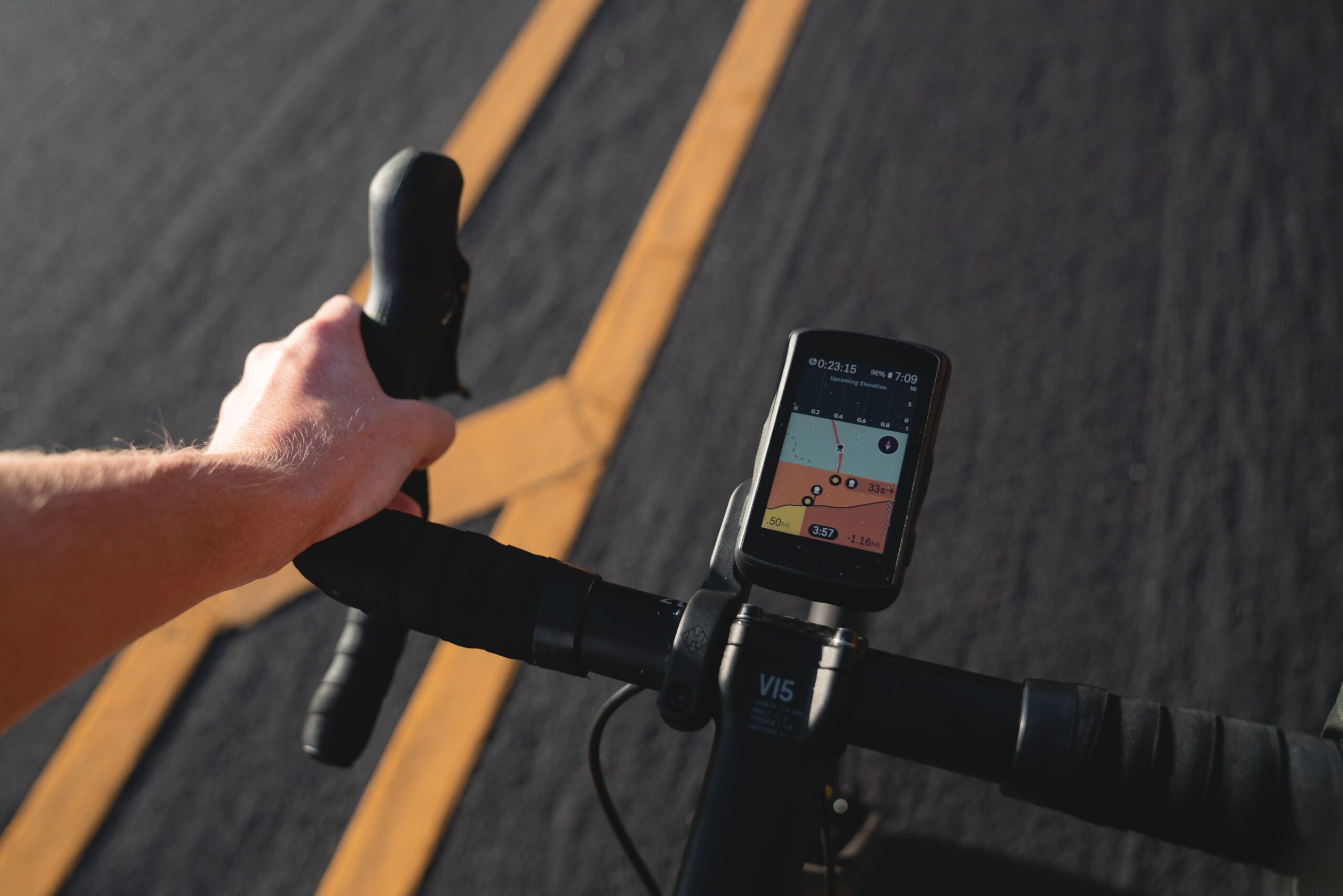
The Influence of Cycling on Human Health
Cycling can help you avoid several diseases. That is the reason why many people like it. Cycling can reduce your risk of T2D and cardiovascular disease. Another area where cycling excels is in blood health. When you exercise, your heart rate increases and your blood starts to circulate faster, but with a different chemical composition. This is the conclusion of a PhD student at Leiden University Medical Centre. The slower closure of the blood vessels leads to greater flexibility and strength of these organs. It is not obligatory to be the fastest there, you just need to race at your pace.
Cycling has several benefits, including stress reduction and muscle relaxation
During a bike ride, you can take your mind elsewhere. Car rides can be extremely therapeutic. The effects are felt throughout the body as breathing and heart rate slow down while the mind remains calm. Apart from the physiological benefits of cycling, the production of feel-good neurotransmitters such as endorphins and serotonin during a ride can help reduce stress. These substances promote a positive attitude.
Cycling has the unintended consequence of improving sleep
Light daily cycling has been shown to improve sleep quality. With just 30 minutes of daily cycling, you can sleep an hour longer and better each night. Exposing yourself more to sunlight, and therefore the outdoors, can help your body return to its natural sleep rhythm. Sunlight reduces the stress hormone cortisol, which contributes to restful sleep.
Cycling can help you lose body fat
Cycling for weight loss is highly recommended. Did you know that 10 minutes of cycling can burn up to 97 calories? Cycling is a gentle workout that does not stress the body. Your movements are smooth and steady. Cycling can also help you lose weight and get in better shape. The saddle supports your weight while your knees and ankles bear the brunt.
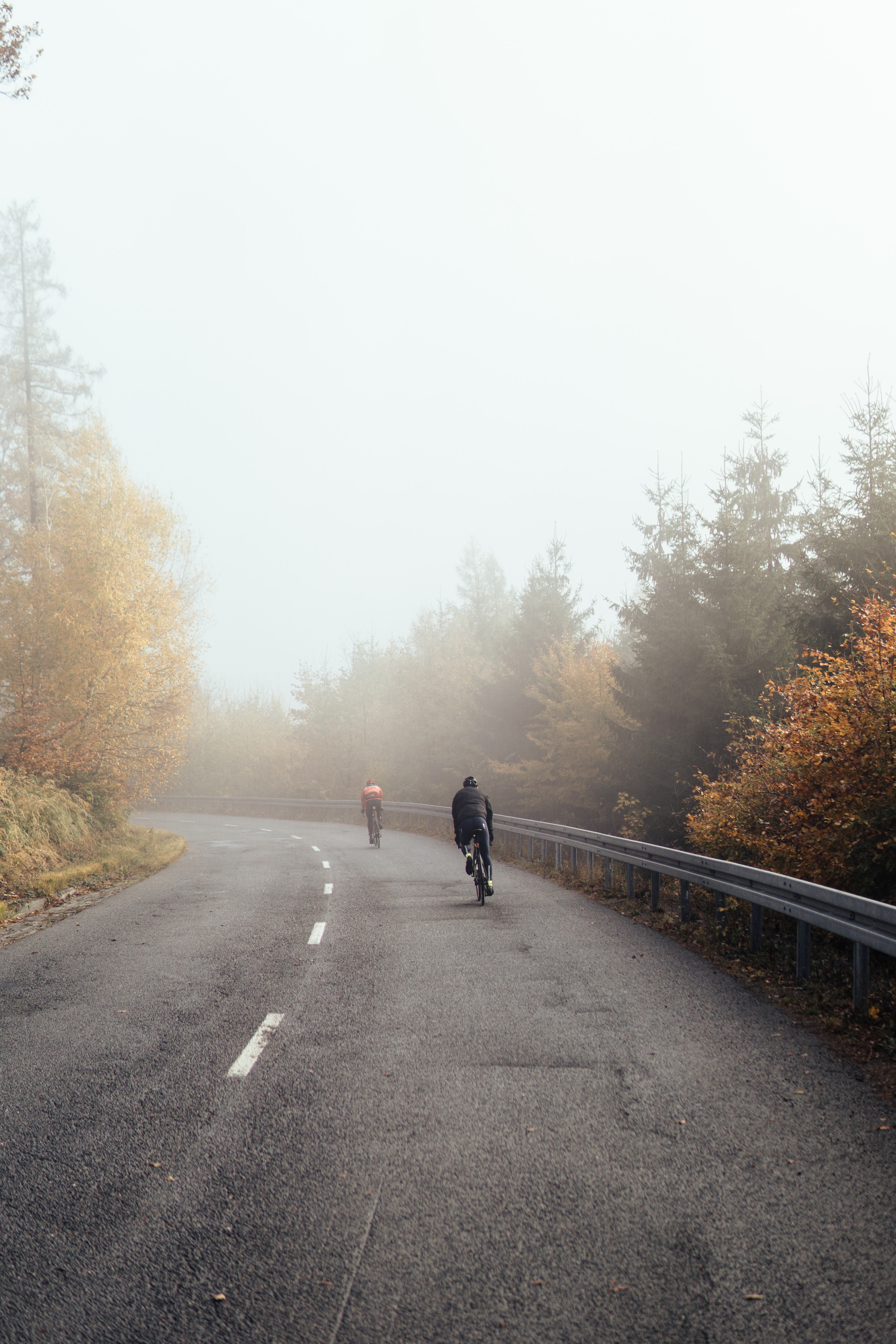
The “brain effect” can be achieved by cycling
When you cycle, you are not only exercising your body, but also your mind. Cycling is an excellent technique to increase the amount of oxygen in the blood and therefore in the brain. More brain cells can be formed when more proteins are produced. Cycling also improves the neural connection between brain regions, which is a cognitive benefit. This means that our cognitive abilities, such as our thinking ability, intelligence and awareness, are expanded.
The “brain effect” is achieved through cycling
Cycling not only exercises the body, but also stimulates the mind. Cycling promotes blood flow to the brain and oxygen distribution in the body. Higher protein production is required for the formation of new brain cells. Cycling also improves the connection between the different regions of the brain, which is a cognitive advantage. This means that our cognitive abilities, such as our thinking ability, intelligence and awareness, expand.
Cycling promotes muscle development
Cycling does not only use the legs and feet. In order to manoeuvre the vehicle, keep your balance, stay in place and generate extra thrust, you need to use a lot of extra strength. Regular cycling is a great way to get in shape and build muscle. All you need to do to get in better shape and build muscle is to cycle for 30 minutes to an hour every day.
Cycling is also a great way to meet new people and have fun.

What Should You Wear When Riding a Bike?
Whether you’re a novice or returning to biking after a lengthy break, you may wonder what to wear. First, you can enjoy cycling without buying expensive gear or clothing like leopard print cycling shorts. Wearing motorcycle gear might improve your riding efficiency. Cycling requires high-visibility clothing. Not all bicycle gear is made to catch attention. Some don’t like the “spandex look,” hence some firms provide cycling clothes that may be worn off the bike.
Alternate use of outdoor or athletic wear
If you want to save money on cycling gear, you can get away with wearing any loose-fitting, breathable, moisture-wicking outdoor or sports apparel instead. On a mountain bike-only track, for example, this is less of a concern.
Jackets and trousers, which you will wear in cooler, gloomier weather, need reflective trim. When it comes to reflectivity, how high is the bar? It’s best if a car approaching from either direction sees a reflective object or a cycling light. Greater exposure is always preferable when uncertainty exists.
Protective helmets
Lack of visibility is a major deterrent for many individuals when considering using public transit. This is why safety gear, including as helmets, may be found in a wide range of vivid hues and often have reflective patches. It’s also possible to get helmets with integrated lighting. Wearing a helmet while bicycling is mandatory in several jurisdictions. You should do some preliminary research.
Invest in a helmet that is a good fit for your noggin. Most helmets have some kind of identifying mark on them. One safety feature found on more expensive models is the Multi-Directional Accident Protection System (MIPS), which is meant to disperse the force of an impact over a wider area in the case of a collision or accident.
Rain Coat
Cyclists who lean forward while riding benefit from the extra protection provided by a pedaling jacket’s longer back and arms. Commuters may increase their visibility in wet weather by investing in a cheap raincoat, many of which come in fluorescent hues and with reflective trim. Models with lights are also accessible.
Waterproof pantyhose

Wearing waterproof trousers as an outer layer is a good idea for excursions in wetter climates. The zippered ankles make them suitable for use with or without shoes, and the reflective details make them stand out in the dark. Equipment suited for a ride in the mountains You may also keep your nether regions dry by wearing stretchy underwear like briefs or leggings. Wear the underwear, socks, and pants you normally wear to the event, and then change into dry, clean ones when you get there.
Footwear
On rainy days, if only we had rain boots, we could have walked to work. You may even choose a certain pair of shoes to be your “commuting shoes.” Overshoes are designed to be worn over a rider’s regular footwear to keep the rider’s feet dry and clean while pedaling in sloppy conditions. An unyielding rider who doesn’t care about the weather might benefit from having one of them. If you’re just riding about town, you can get away with wearing any old pair of trainers, but if you want to get the most out of your ride, you should invest in a pair of cycle-specific shoes and a set of clipless pedals.
Shoe Thoughts: Wrapping Up
Since they need to start and stop so often, many commuters choose mountain bikes with clipless pedal systems. You may use the shoes you bought for mountain riding for other activities as well. Specialized winter cycling footwear is available, with numerous models made from windproof and waterproof materials.
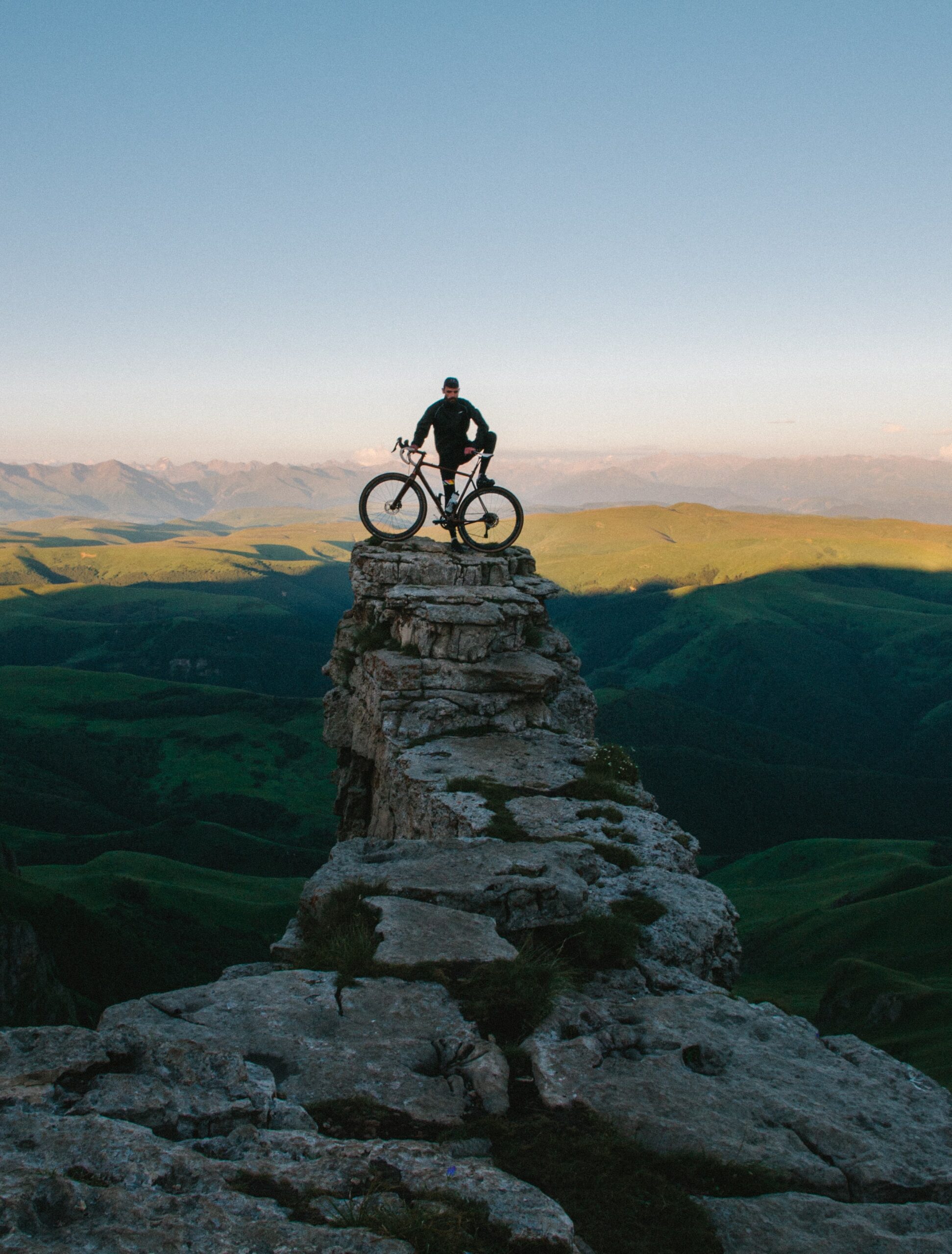
Types and disciplines in cycling
As mentioned at the beginning of this article, cycling is multi-faceted and, in addition to road and track racing, includes downhill, figure skating and even the game of ball cycling. But it must be said that the same road racing is not limited to group and individual time trial either.
Road cycling
This is the most popular sport in cycling and the basis from which cycling started in the first place. Road racing comes in group and individual races, the form in which road racing is represented in the Olympic programme. In a group race, all competitors start at the same time and can ride a distance of up to 200 km. It is not only a question of strength and endurance but also of tactics - whether it is a team or an individual race. Individual time trial is a split start race. Here, tactics are out of the question: only the individual ability to pedal as hard as possible.
Track cycling
A tree instead of asphalt, a circuit instead of a straight line - that's the first thing people unfamiliar with cycling will notice. Track racing uses a modified road bike with one fixed gear and no brakes. And track is probably the most medal-intensive kind.
Cyclocross
Velocross (or cyclocross in other words) uses a bike similar to a road bike, but with the difference of a wide and chiseled rubber, as required by a cross-country course with the inclusion of muddy sections. There are natural and artificial obstacles on the course, so quite often riders dismount and tackle the obstacles with the bike on their shoulder.
